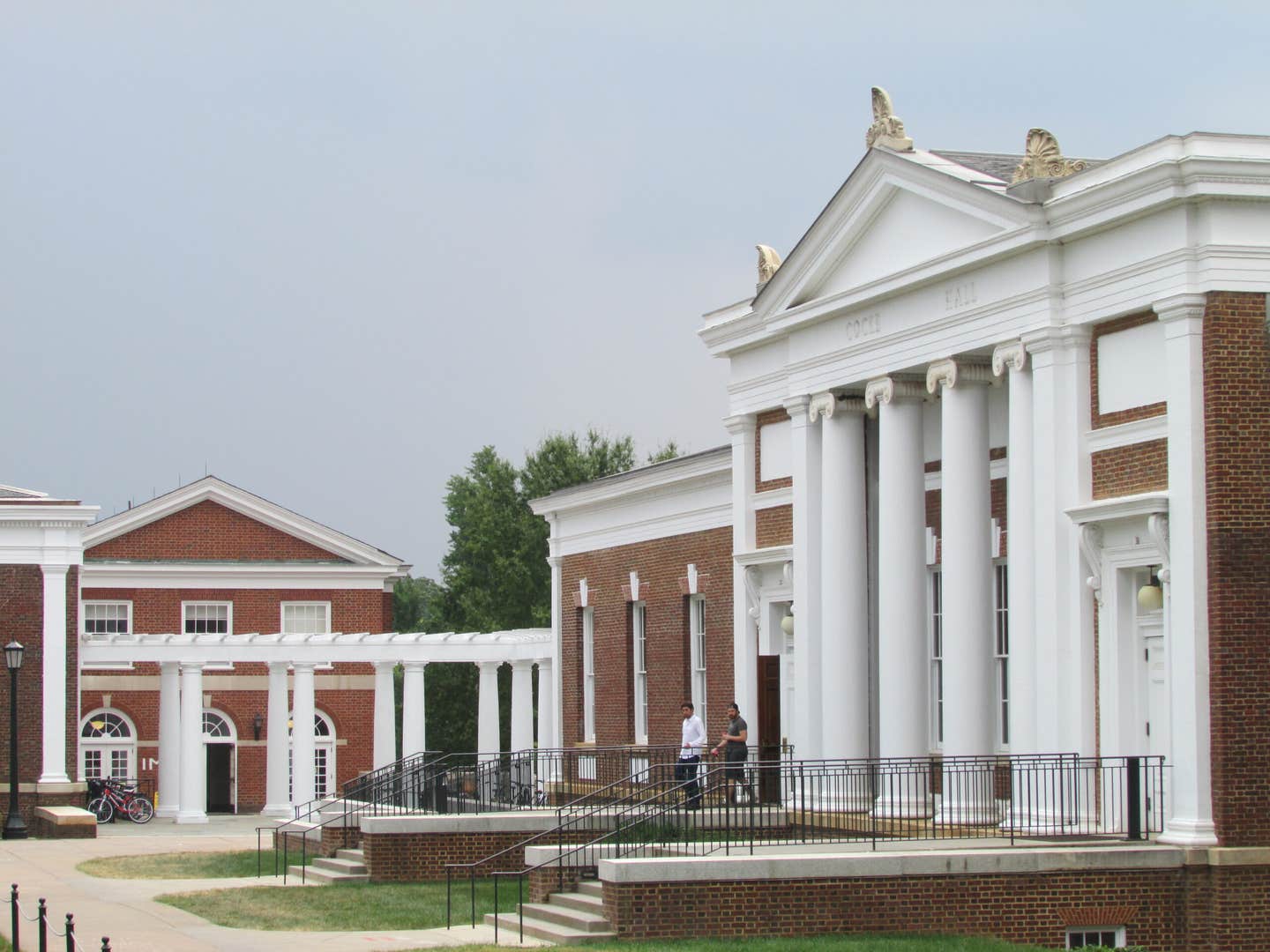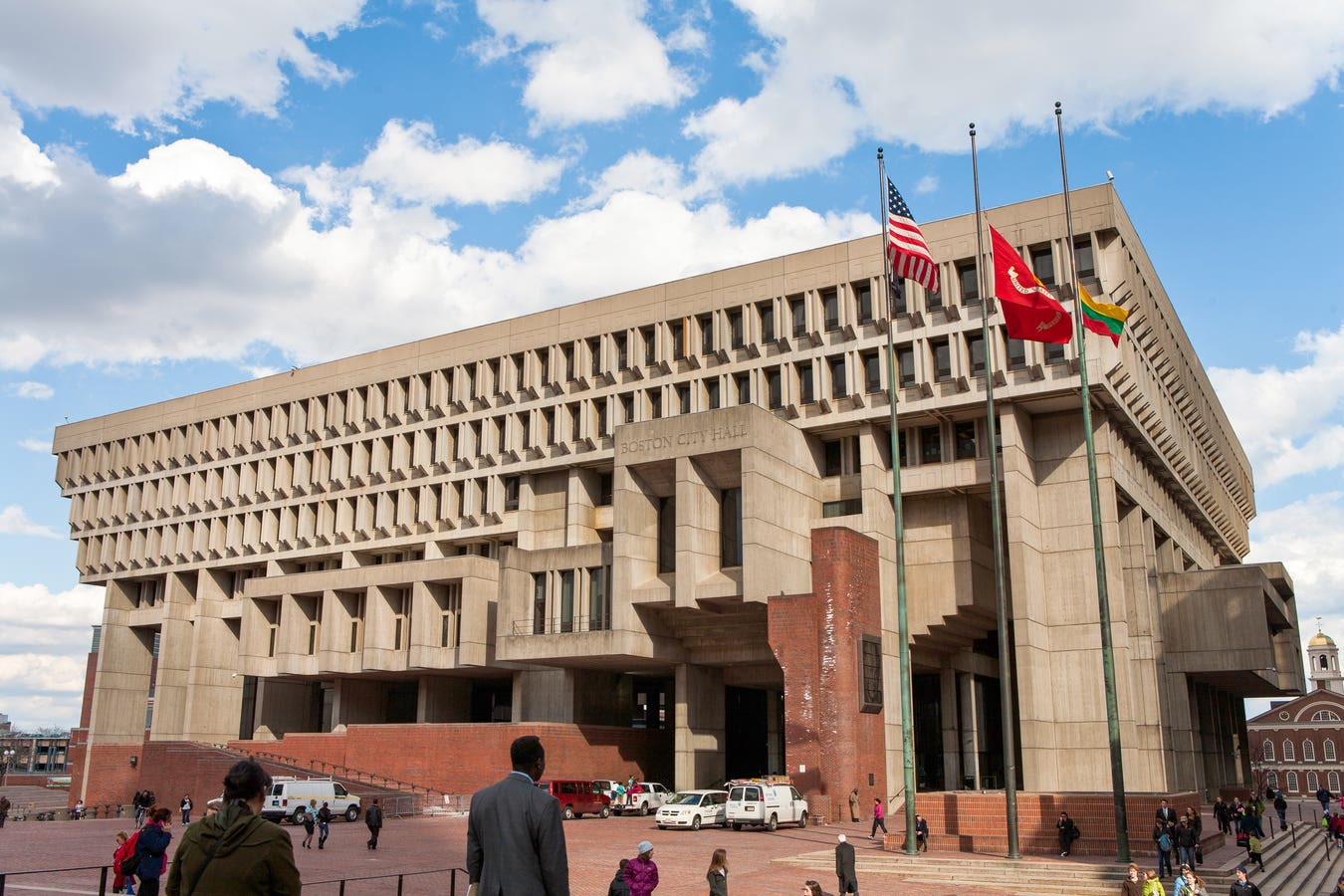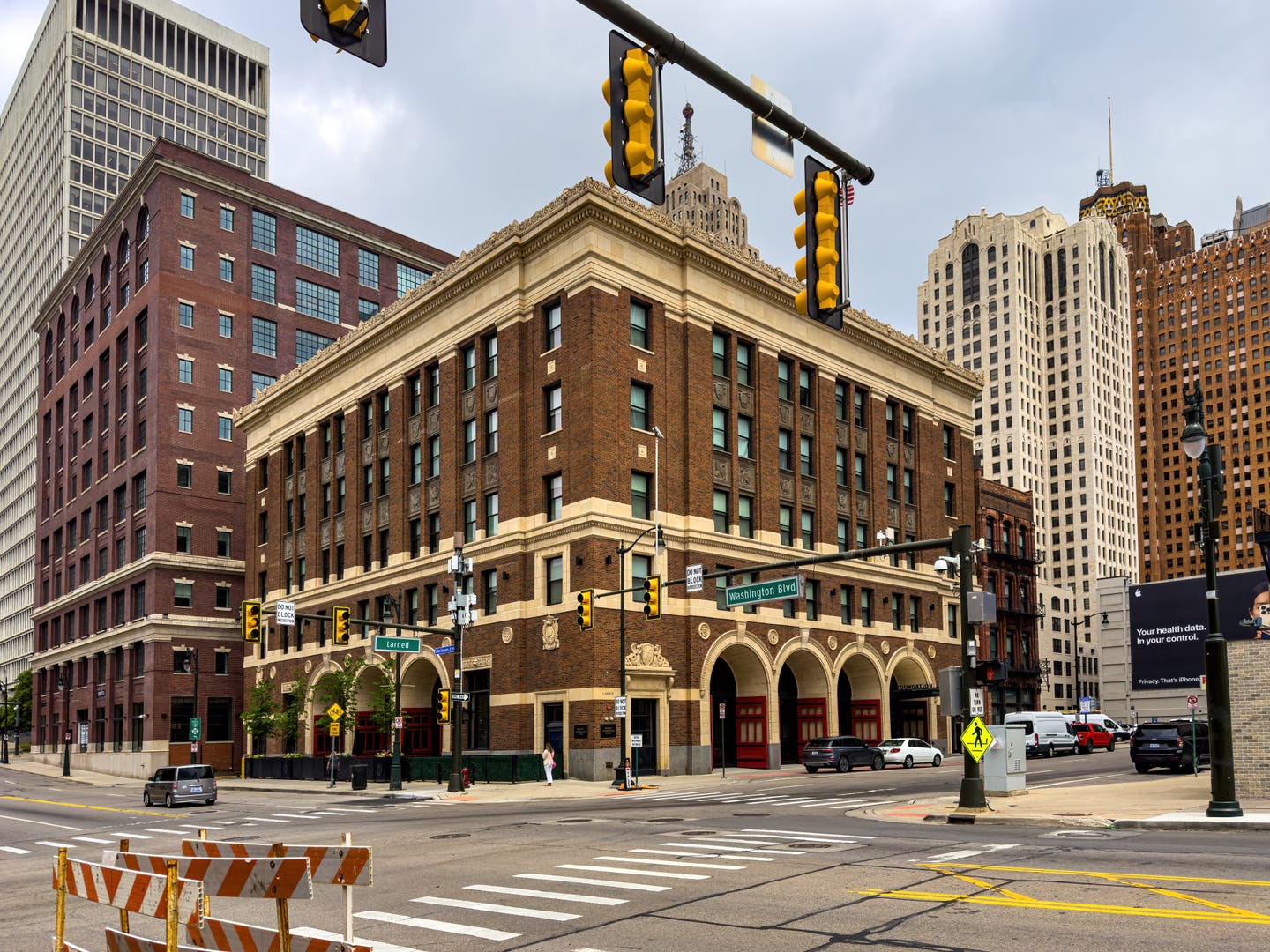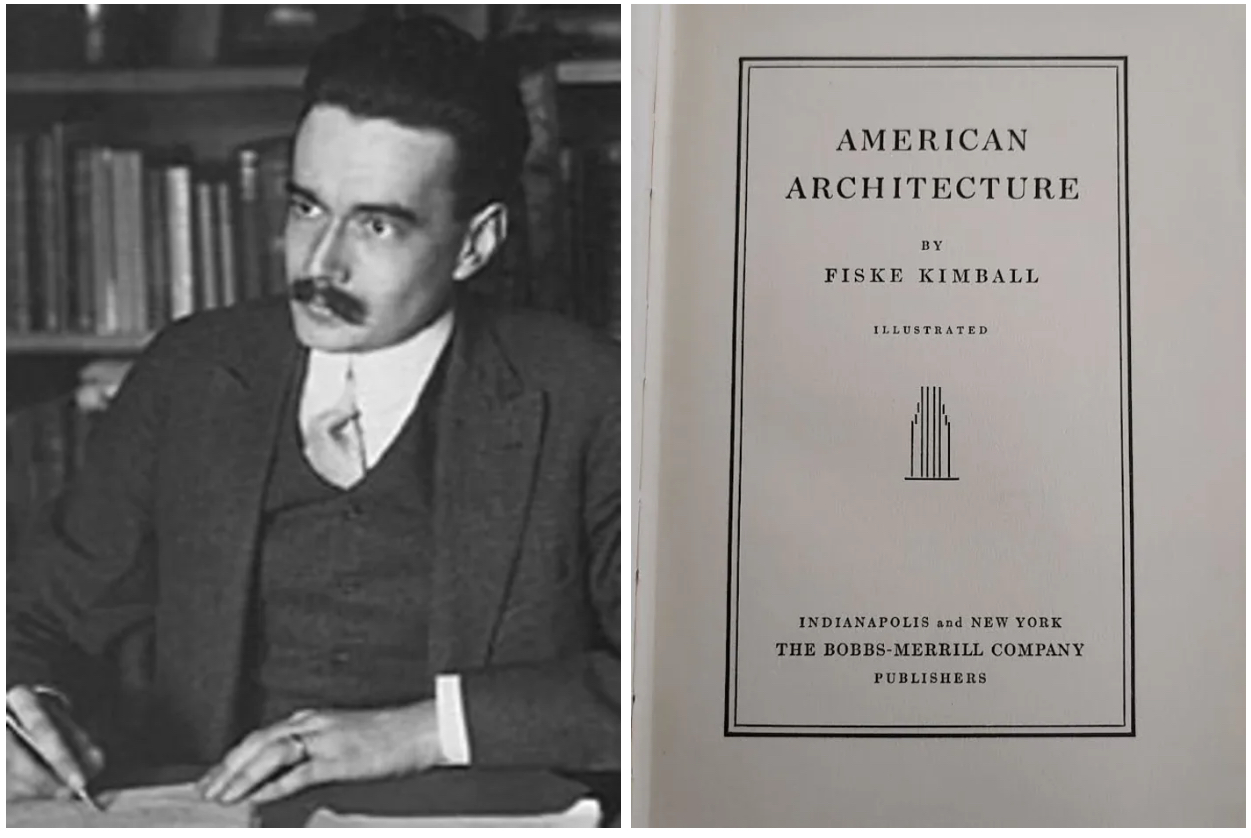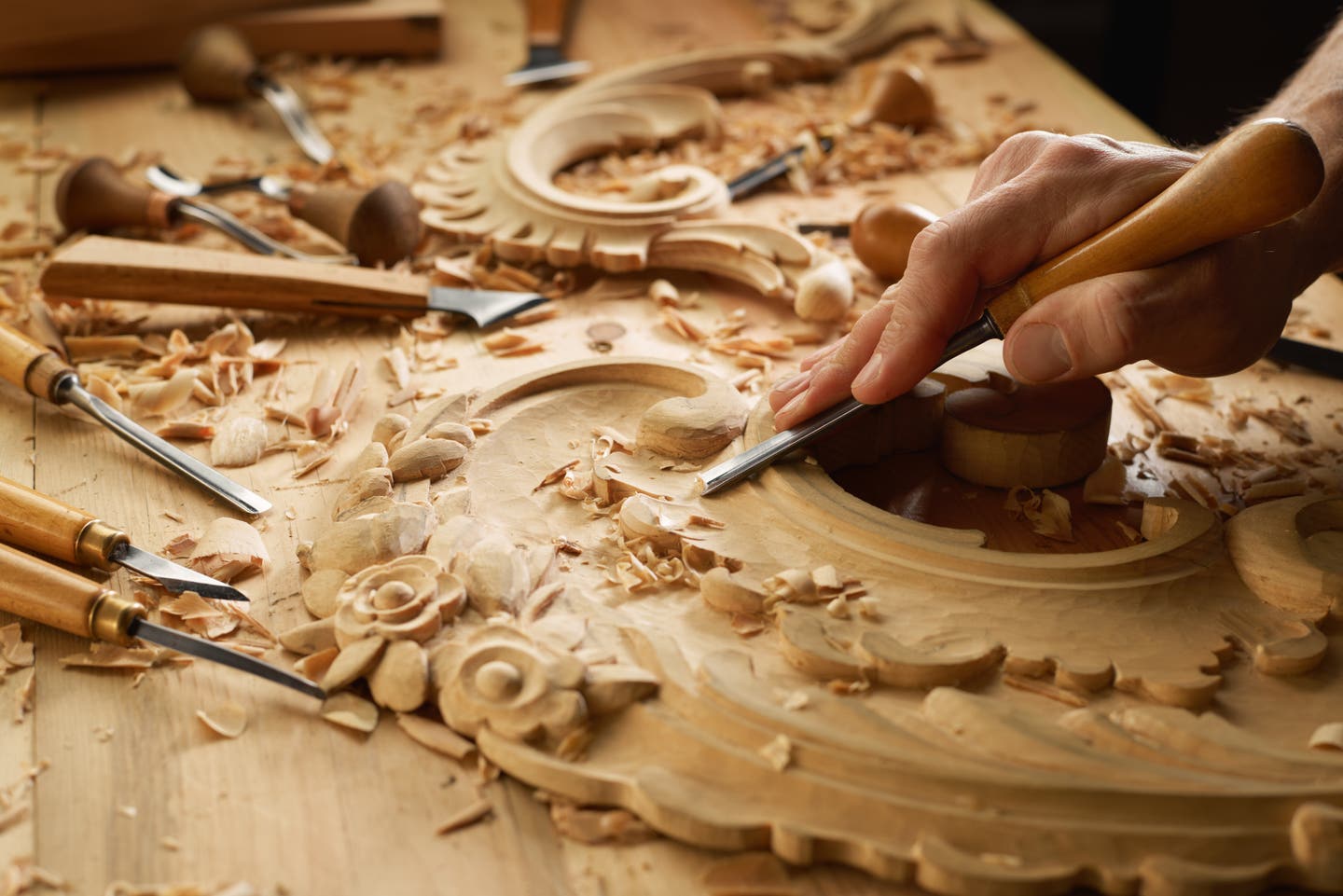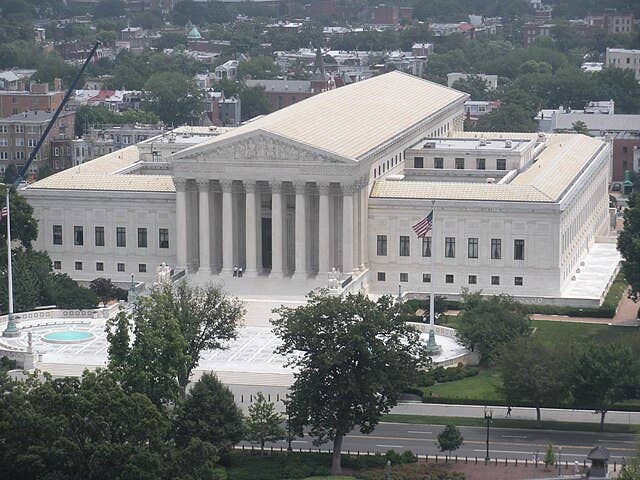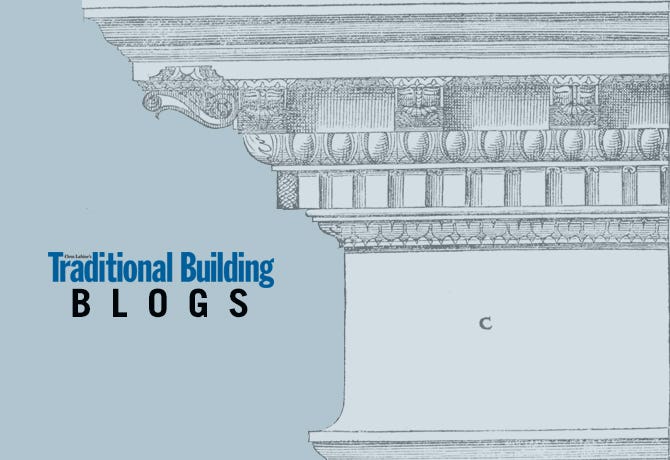
Clem Labine
The Brutalist Architecture Conundrum
Nothing divides the preservation community more than Brutalist architecture. And the building that dramatizes the Brutalist conundrum more than any other structure is Boston City Hall (see photo).
Personally, I find Boston City Hall a monument to architectural hubris, an inhumane construct that is despised both by many of the workers who use it every day, and by most passersby who encounter it face to face. Because of its lack of civility, disdain for ordinary citizens and scorn for its urban context, I would happily swing the first sledgehammer to begin its demolition. However, many preservationists disagree.
For instance, my blogging colleague, Kim O’Connell, a preservationist whose insights I respect highly, said in her January 20th posting that she’s just signed up with the Brutalism Appreciation Society – whose goal is to preserve Brutalist icons like Boston City Hall. And many historic preservationists are on her side.
What IS worth preserving?
The fact that I disagree with the Brutalist-savers made me examine a key question: What does it mean to be a “preservationist”? To “preserve” means to keep in a perfect or unaltered condition. But the key question is what shall we preserve? That issue involves value judgments and made me realize there are several different types of preservationists -- differentiated by what gets their preservation juices flowing. I’ve identified below three major types of preservationists, with some obvious overlaps:
Type I’s are the Architectural Icon Preservationists: They believe that a building which exemplifies an important architectural theory, style or movement is worthy of preservation – regardless of current judgments about its aesthetic merits. The Type I’s are leading the charge to get Boston City Hall declared a landmark.
Type II’s are the By-The-Calendar Preservationists: As soon as the calendar says a building is 50 years old, the Type II’s can create a rationale for the building’s preservation, regardless of architectural or aesthetic value. Since Boston City Hall is nearing the 50-year mark, many Type II’s will join the call for its preservation.
Type III’s are Context-Sensitive Aesthetic Preservationists: They are most concerned with preserving elements that contribute visual richness and humane values to our surroundings. Type III’s tend to focus on the classical ideals of harmony, beauty and proportion in the built environment. And Boston City Hall displays none of the virtues that we Type III’s value.
Even though I am Type III, I can understand that there are other viewpoints. But being a preservationist (of whatever stripe) frequently requires one to spend time, money and emotional energy fighting for one’s “cause.” And we each have limited amounts of those three resources. So just don’t expect me to spend one minute, contribute one dime or shed one tear for endangered Brutalist architecture. To me, Brutalism’s technological thrust does not enhance the human condition; it has no civility!
Clem Labine is the founder of Old-House Journal, Clem Labine’s Traditional Building, and Clem Labine’s Period Homes. His interest in preservation stemmed from his purchase and restoration of an 1883 brownstone in the Park Slope section of Brooklyn, NY.
Labine has received numerous awards, including awards from The Preservation League of New York State, the Arthur Ross Award from Classical America and The Harley J. McKee Award from the Association for Preservation Technology (APT). He has also received awards from such organizations as The National Trust for Historic Preservation, The Victorian Society, New York State Historic Preservation Office, The Brooklyn Brownstone Conference, The Municipal Art Society, and the Historic House Association. He was a founding board member of the Institute of Classical Architecture and served in an active capacity on the board until 2005, when he moved to board emeritus status. A chemical engineer from Yale, Labine held a variety of editorial and marketing positions at McGraw-Hill before leaving in 1972 to pursue his interest in preservation.



